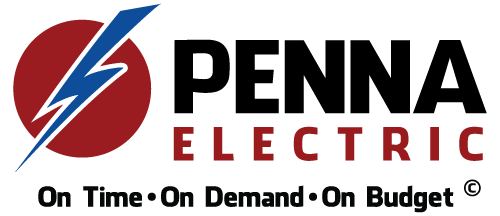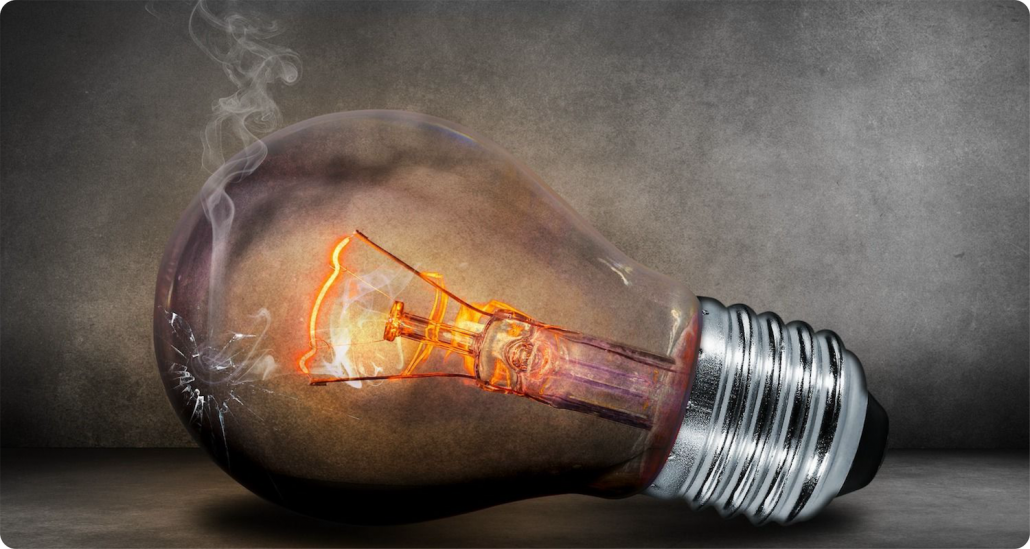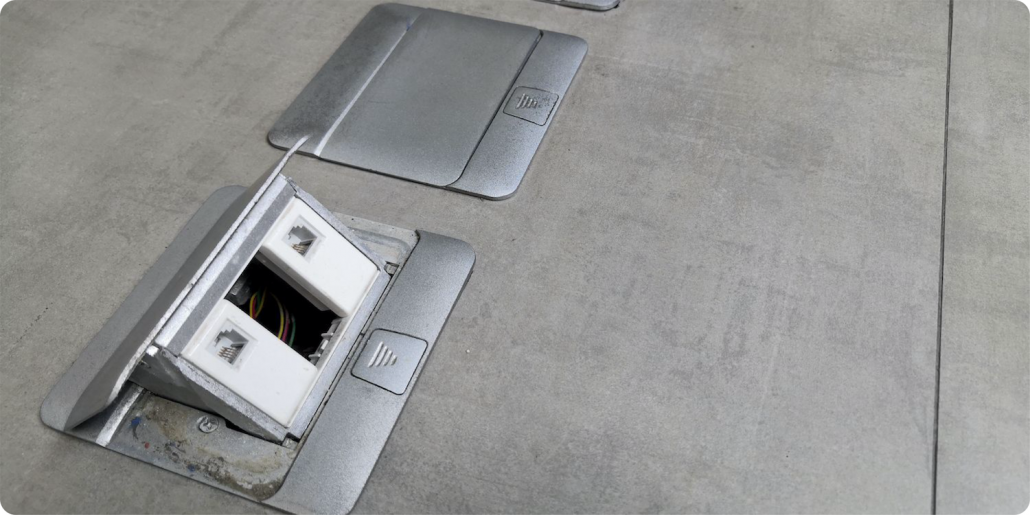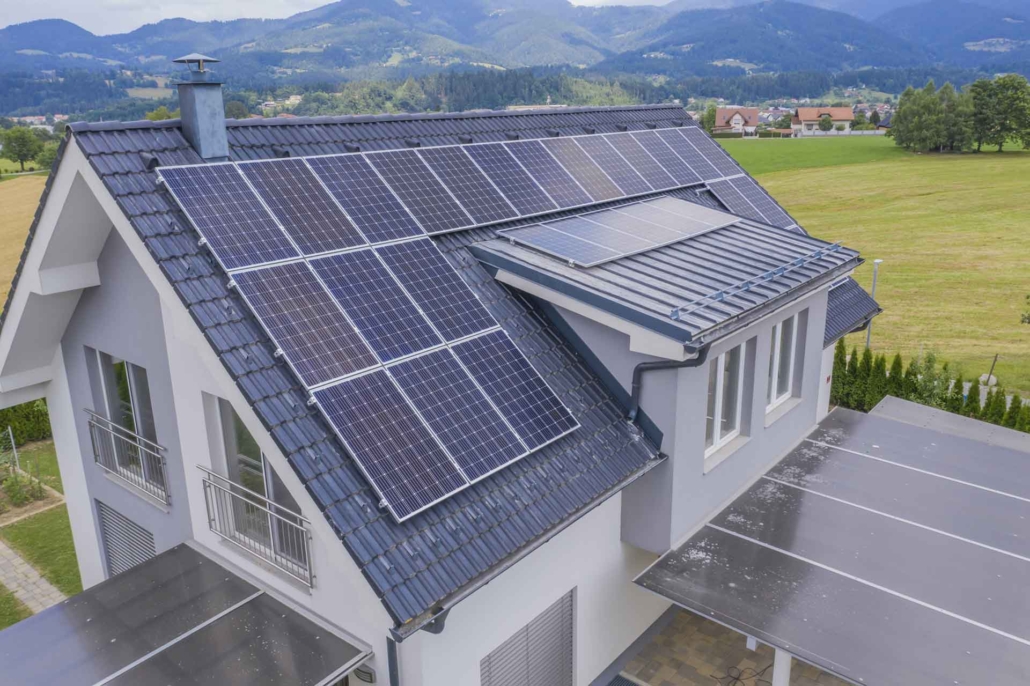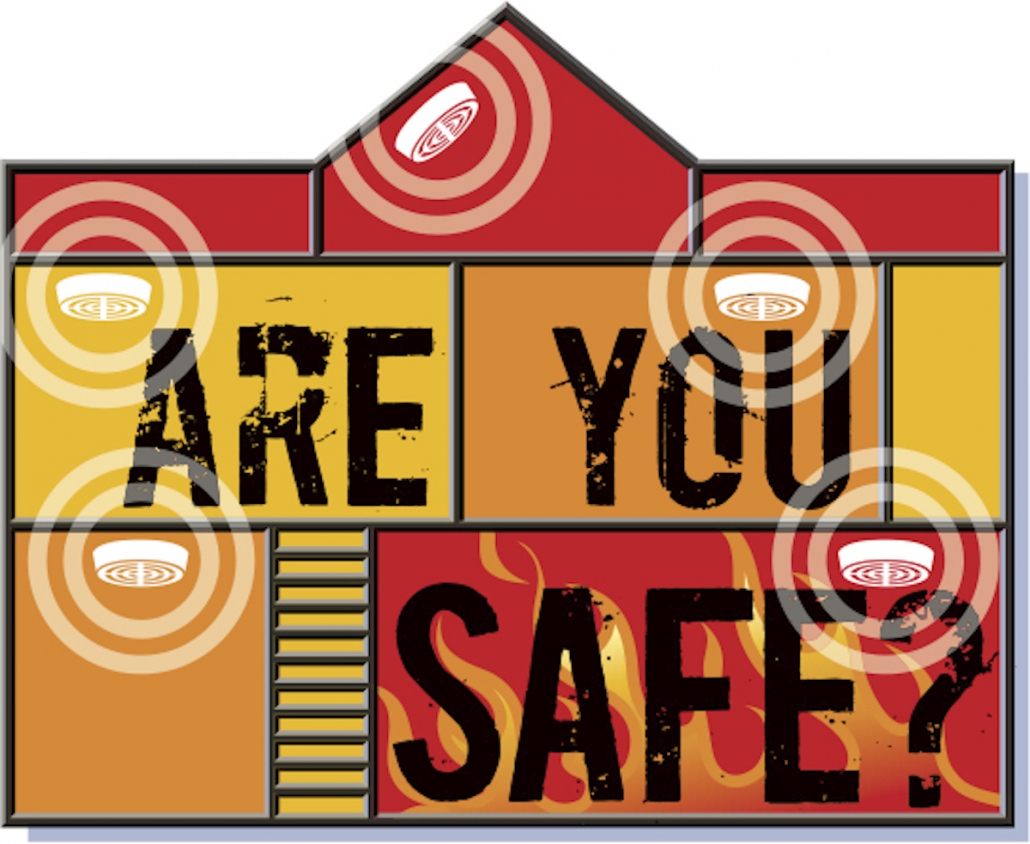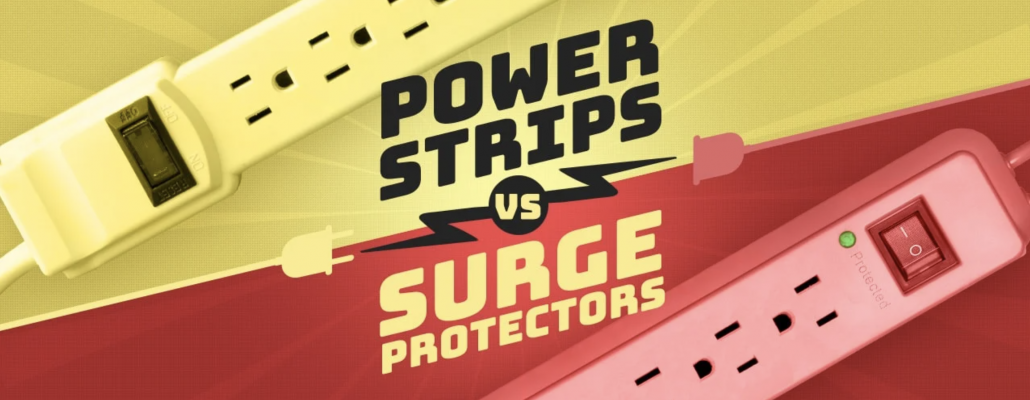September 28, 2020 | Cristina Dinulescu
Power surges are not new, but what has changed, however, is our need for an effective whole house surge protector installation. Now more than ever before we need to be sure that our home and family are protected against unexpected voltage power surges.
Why now? Well, we now have more electronic devices in our homes than ever before, incorporating circuitry and microprocessors, which are highly sensitive to voltage fluctuations. The NFPA reported on the potential impact electrical surge protection devices would have and how they could help mitigate losses.
Some of the largest power surges don’t come from thunderstorms or other external activity, but from within our own homes. A power surge takes place when voltage exceeds the normal flow of electricity. It’s not the same as a power spike, because uninterrupted voltage rise can last for more than a few seconds and may have devastating consequences.
Because of the amount of electrical devices in a regular household, when considering wiring upgrade options, adequate surge suppression should be also considered. While inexpensive plug-in surge suppressors offer protection, individual suppressors are a better choice, functioning as a second layer of protection, following a surge suppression installation within the entire house.
Do Whole House Surge Protectors Really Work?
In short, yes.
The whole house surge protector is installed either in your main electrical panel or next to the main panel, wired in line. The surge breaker style is installed in the panel directly next to the main breaker. In theory, the surge will need to travel through the protector before getting to your circuitry. They are fairly inexpensive, usually around $250 to $300 dollars, considering the alternative cost and hassle of not getting one
A whole-house suppressor will block the surge from affecting home circuits, providing adequate lighting protection. Individual plug-in suppressors cannot protect devices which are not plugged in. Major appliances found in almost all households like the stove, HVAC equipment, dishwasher or washers, are hard-wired directly into your home electrical circuits.
And so are security systems and sprinkler systems. These are also hard-wired. To protect them, you will need to choose a whole-house surge protector designed to shield all circuits from exterior-originating surges.
How Often Should A Whole House Surge Protector Be Replaced?
Because of the extensive damage a surge can cause, a decent surge protector becomes an important piece of equipment in any home, office or entertainment center. Unfortunately, these protectors will not last a lifetime, so you will need to monitor them.
These protectors absorb excess voltage into a metal oxide varistor (MOV). The more excess voltage is absorbed, the faster the MOV degrades, until no more protection is being provided.
A power surge protector decreases based on the number of future joules it absorbs. So, if a 1000 joule surge protector takes a 1000 joule hit, it’s finished. If the 1000 joule surge protector takes ten 100 joule hits, it’s also done for. It’s all about how many joules are absorbed. If your surge protector is old, then chances are it’s also pretty degraded.
The problem is that you can’t tell when your surge protector has turned into a basic power strip and you have no protection. Some devices have warning lights. But with old protectors, it’s still risky to wait for the light to go on. If you don’t remember whether or not it took a big hit, then you might be better off changing it. And as a general rule, changing the surge protector once every two years is the safest choice.
How Much Does A Whole House Surge Protector Cost?
There’s different types and options available on the market. To ensure whole-house protection, you need a full-feature surge protection device (SPD). The price tends to vary between $100 and $300 and the installation cost is around $175.
However, price should not be your only consideration when investing in a whole house surge protector. Here are other factors worth analyzing:
- Consider your home’s outlet volt service. In the U.S., most houses have basic 120-volt power outlets. These are the standard outlets for North America since the 1950s. These come with two parallel rectangular slots, a round hole, necessary for ground wire and two receptacles. An 80kA-rated surge protector will adequately protect homes that have the standard 120-volt service.
- Make sure you invest in a whole home surge protector that is certified under the UL 1449 3rd Edition and labelled as a Transient Voltage Surge Suppressor (TVSS).
- Verify what the VPR (Voltage Protective Rating) is for each protection mode. VPR represents the amount of voltage that still goes through your equipment once the surge protector has done its job. And with VPR, a lower rating is better.
- Consider the MCOV( Maximum Continuous Operating Voltage). In this case, the rating should be high and never under 115% of the system’s nominal voltage for both Line to Neutral and Line to Line. For instance, for a 120V/240V unit, you should be looking at an L-N MCOV of at least 138V and the L-L MCOV should be at least 276V.
- Make sure it has NEMA enclosure, as this will protect the device against all sorts of environmental hazards like dust, water, coolant or oil.
- Consider what type of warranty is available for the whole home surge protector.
The right electrical upgrade can dramatically improve the value and appearance of any home or business. You’ll be amazed at what a difference the right electrical upgrade can make for your home or business. Make sure that when you select an electrical company to do the enhancement of your home and you have decided to take your enhancement to the level where you require an electrical upgrade that the technician at the company has a good working knowledge and the experience to properly guide you in this area.
When you decide to upgrade, our well-trained and certified electricians have all the experience and training needed to complete your electrical panel upgrade project from start to finish, with a minimum of fuss or disturbance. Please contact us right away at 310-800-2401
